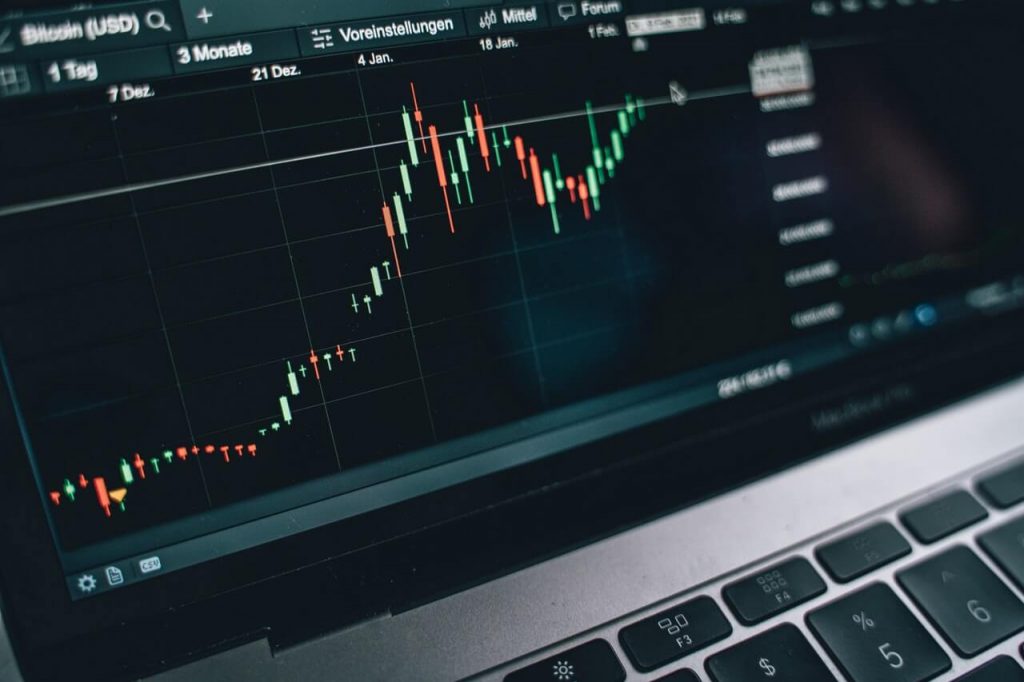The most common methodologies used by investors to assess the advantages and risks of an investment are technical analysis and fundamental analysis. Before deciding which is better for you, it is necessary to understand technical and fundamental analysis first.
Technical analysis is the practice of looking at market data, such as stock prices and volume, to predict future price trends. You can use it to figure out the probability that an asset’s price will keep going in its current direction or if it will turn around.
This technique can be applied to stocks, crypto assets, forex rates, commodities, and other investments. A technical analyst uses charts and other tools to identify patterns in market behavior that can help them forecast where prices are headed.
Fundamental analysis entails looking at a company’s financials. It is a type of research mode that examines its assets, liabilities, and capital structure. It helps investors determine what the company is worth.
In crypto markets, you can apply fundamental analysis to coins by analyzing their technological features and use cases. For instance, if you evaluate a coin with a high transaction volume and low fees, you would expect it to have high demand in the market.
What are the Pros and Cons of Technical Analysis?
Pros: Technical Analysis can be used as a guide to help estimate the right time to buy and sell and when it is time to cut losses and take profits. Technical Analysis can also be used as an indicator for changes in the market.
Cons: Technical analysis requires substantial time, effort, and research to be successful. They often use charts and quantitative data to make these predictions. When determining which technique to use, it cannot be easy to know which one will work best for you.
What are the Pros and Cons of Fundamental Analysis?
Pros: Fundamental analysis can help you make well-informed decisions. It also has low requirements for expertise. Furthermore, it can be applied to any investment, including stocks, bonds, currencies, and commodities.
Cons: Fundamental analysis’ main disadvantage is that it can be time-consuming and tedious. Finding all the information needed to make a price decision on an asset takes a long time. To properly implement this strategy, you’ll need some financial knowledge.
Conclusion: Which is Better Fundamental or Technical Analysis?
Technical analysis studies previous price trends to forecast future price trends. On the other hand, Fundamental analysis is the examination of financial data to forecast future pricing.
The most crucial distinction between these two methodologies is that technical analysis is focused on the short term. On the other hand, Fundamental analysis is focused on the long term.
Both technical and fundamental analysis can be used to assess an asset’s value. The two approaches are complementary, not competitive. They can provide a more accurate picture of an asset’s true worth when used together.





